Single speed bikes have one gear for riding, while fixed gear bikes have a fixed cog connected directly to the rear wheel. The main difference between single speed and fixed gear bikes lies in the ability to coast on a single speed, whereas on a fixed gear bike, the pedals are always in motion with the wheels.
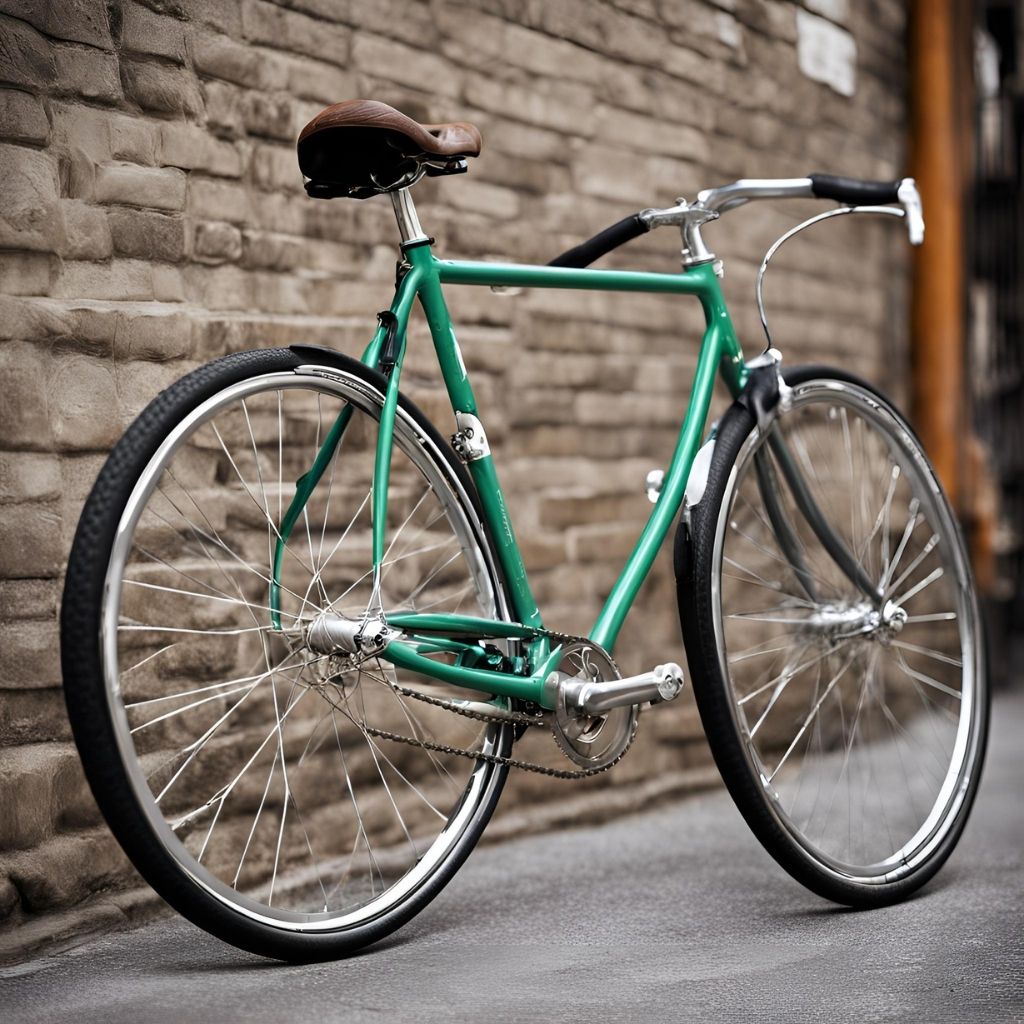
Single speed bikes are ideal for casual riding and commuting, allowing the rider the option to coast, while fixed gear bikes offer a more connected and responsive ride experience, popular among urban cyclists and track racers. Both types of bikes have their own unique characteristics and appeal to different types of riders based on their preferences and riding style.
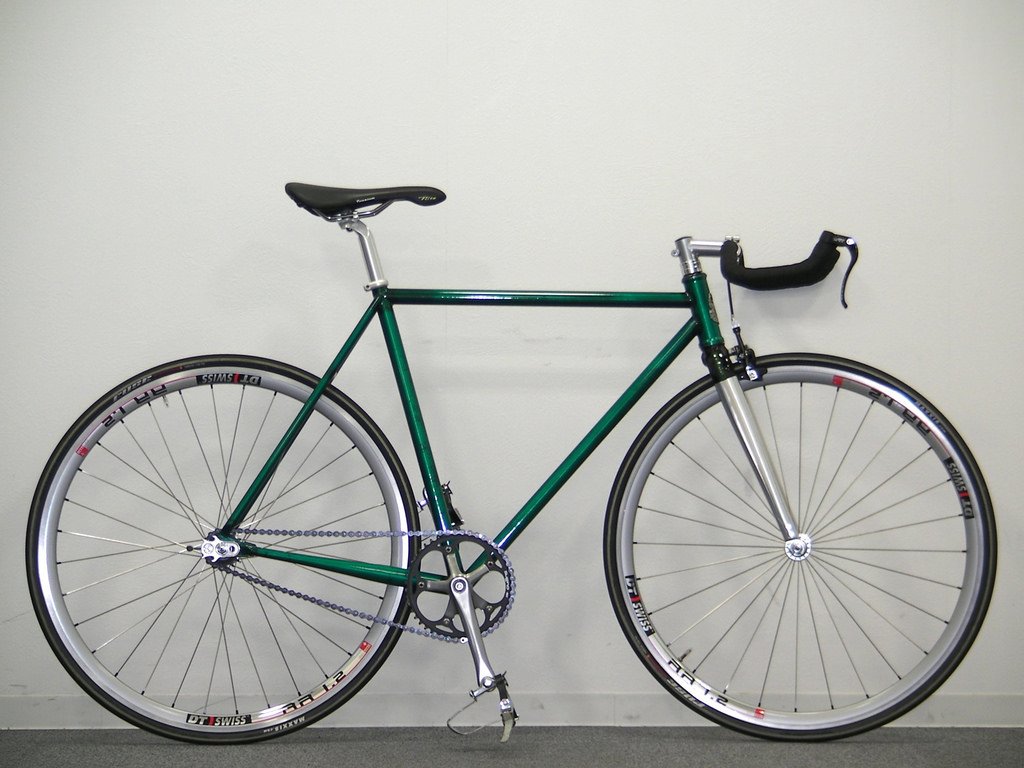
What Is A Single Speed Bike?
A single speed bike, also known as a freewheel bike, is a type of bicycle that has only one gear ratio. This means that the bike does not have the ability to change gears, relying on the rider’s strength and momentum to control speed and power. Single speed bikes are a popular choice for urban commuting, leisure riding, and even some forms of competition due to their simplicity and low maintenance requirements.
Advantages Of Single Speed Bikes
- Low Maintenance – Single speed bikes have fewer components, making them easier to maintain and less prone to mechanical issues.
- Affordability – These bikes are often more cost-effective compared to geared bicycles, making them accessible to a wider range of cyclists.
- Simplicity – The straightforward design of single speed bikes provides a more intuitive riding experience, especially for beginners.
- Lightweight – With fewer parts, single speed bikes are generally lighter, contributing to easier maneuverability.
Disadvantages Of Single Speed Bikes
- Limited Versatility – Single speed bikes may not be suitable for areas with varying terrain or steep inclines, as riders have to rely solely on their own pedaling power.
- Inflexibility – Riders have limited control over speed, especially when encountering strong headwinds or downhill slopes.
- Effort-Intensive – Riding a single speed bike requires more physical effort, as there are no gear options to assist with climbing or accelerating.

What Is A Fixed Gear Bike?
A fixed gear bike has a single-speed drivetrain, but its distinguishing feature is the lack of a freewheel mechanism. This means the pedals move in sync with the bike’s movement at all times. In contrast, a single-speed bike allows coasting.
The fixed gear setup demands constant pedaling and increased physical engagement while riding.
A fixed gear bike, also known as a fixie, is a type of bicycle that lacks a freewheel mechanism, meaning that the pedals move with the rotation of the wheel. This design is simple, consisting of a single gear and no ability to coast. This stripped-down setup provides a direct connection between the rider and the bike, resulting in a unique riding experience.
Advantages of Fixed Gear Bikes
– Simplicity: With fewer components, fixed gear bikes are easier to maintain and tend to be lighter than their geared counterparts.
– Efficiency: The direct power transmission of fixed gear bikes can make for a more efficient riding experience, especially in flat urban areas.
– Control: Riding a fixed gear bike allows for a heightened sense of control and connection with the road, given the direct transfer of power to the wheels.
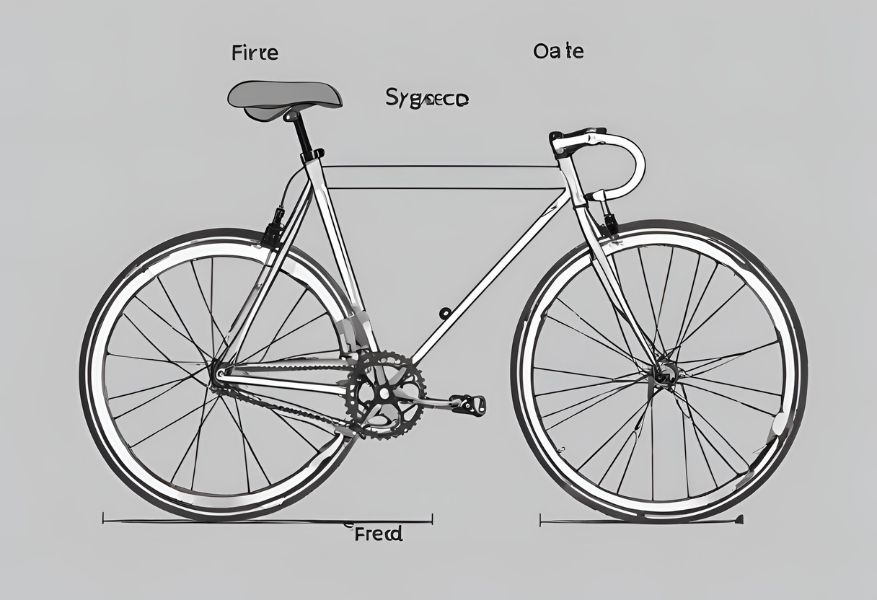
Disadvantages of Fixed Gear Bikes
– Limited Terrain: The lack of gears can pose a challenge when encountering varied terrain, such as steep inclines or descents.
– Braking: Some fixed gear bikes do not come equipped with a freewheel, meaning that the pedals move whenever the bike is in motion, presenting a challenge for traditional braking methods and requiring a different approach to braking.
In summary, fixed gear bikes offer a straightforward, efficient, and controlled riding experience but may present limitations when facing diverse terrain or traditional braking scenarios.
Comparison Between Single Speed And Fixed Gear Bikes
When it comes to choosing a bike, two popular options are single speed and fixed gear bikes. While both types fall under the category of non-geared bikes, they differ in terms of mechanical design and functioning, riding experience and control, maintenance and repair, as well as versatility and adaptability. This article will provide an in-depth comparison of these two types of bikes, highlighting the key differences and helping you make an informed decision.
Mechanical Design And Functioning
Single speed bikes, also known as freewheel bikes, feature a single gear ratio and a freewheel mechanism that allows the rider to coast without pedaling. The mechanical design of single speed bikes includes a freewheel, derailleur (optional), and a single chainring, which simplifies the bike’s construction and reduces weight. This simplicity translates into a low-maintenance ride.
On the other hand, fixed gear bikes, or fixies, lack a freewheel mechanism. These bikes have a fixed gear ratio, meaning the rider’s pedals are directly connected to the rear wheel. When the rear wheel turns, the pedals also turn, offering no option to coast. This design allows for a direct and efficient power transfer, enhancing the rider’s control and feedback on the road.
Riding Experience And Control
While single speed bikes provide the convenience of coasting, fixed gear bikes offer a unique riding experience. The direct connection between the pedals and the rear wheel on fixed gear bikes makes the rider feel more connected to the road. This connection provides better control over the bike, especially when it comes to braking using the process known as “skidding.”
However, it’s important to note that fixed gear bikes require learning and mastering specific techniques for navigating different terrains. This type of bike is more suitable for experienced riders who are comfortable with the limitations and challenges it presents.
Maintenance And Repair
When it comes to maintenance and repair, single speed bikes have an advantage. The simplicity of their mechanical design reduces the chances of components breaking or needing regular adjustments. Additionally, finding spare parts for single speed bikes is relatively easier, and repairs can often be done at home with basic tools.
Fixed gear bikes require more maintenance due to their unique mechanical design. The absence of a freewheel mechanism means that the chain tension needs to be adjusted regularly to prevent it from derailing. Additionally, skidding can wear out tires and strain bike components, requiring more frequent inspections and replacements.
Versatility And Adaptability
Single speed bikes excel in terms of versatility and adaptability. Due to the presence of a freewheel, these bikes are suitable for various terrains, including hilly areas. They can be easily converted into geared bikes by adding a derailleur, allowing riders to switch between fixed and variable gear ratios based on their needs.
Fixed gear bikes, on the other hand, are known for their simplicity and reliability. They are ideal for urban commuting and track cycling, where precise control and immediate response are essential. However, compared to single speed bikes, fixed gear bikes may be less adaptable to different terrains and riding styles.
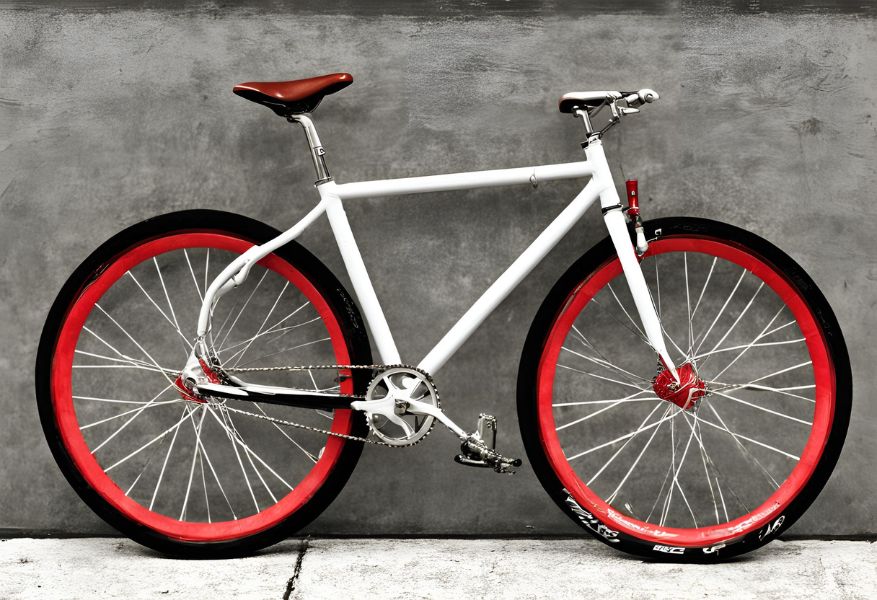
Which Bike Is Right For You?
When choosing between a single speed bike and a fixed gear bike, it is essential to consider various factors to determine which option best fits your needs and preferences.
Considerations For Choosing Single Speed Bikes
- Terrain: Consider the type of terrain you will be riding on as single speed bikes are versatile for flat surfaces.
- Maintenance: Advantageous for minimal maintenance with fewer components to deal with.
- Cost-effective: Ideal for those on a budget as they are generally less expensive.
Considerations For Choosing Fixed Gear Bikes
- Control: Offers more control over speed due to the direct connection with the pedals.
- Fitness: Great for enhancing leg strength and overall fitness levels.
- Simplicity: Enjoy the simplicity and connection with the bike without freewheeling.
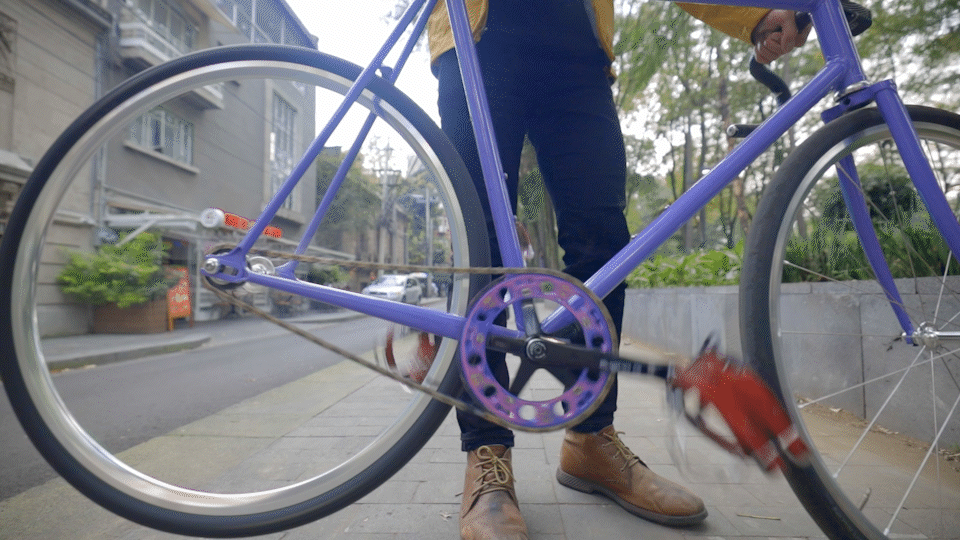
Conclusion
To sum up, the difference between single-speed and fixed-gear bikes comes down to their functionality and the level of control they provide to riders. Single-speed bikes offer versatility and simplicity, while fixed-gear bikes offer a unique riding experience and superior control.
Ultimately, the choice between the two depends on personal preference and the type of riding one intends to do. Both options have their own merits, so it’s essential to consider individual needs before making a decision. Happy riding!

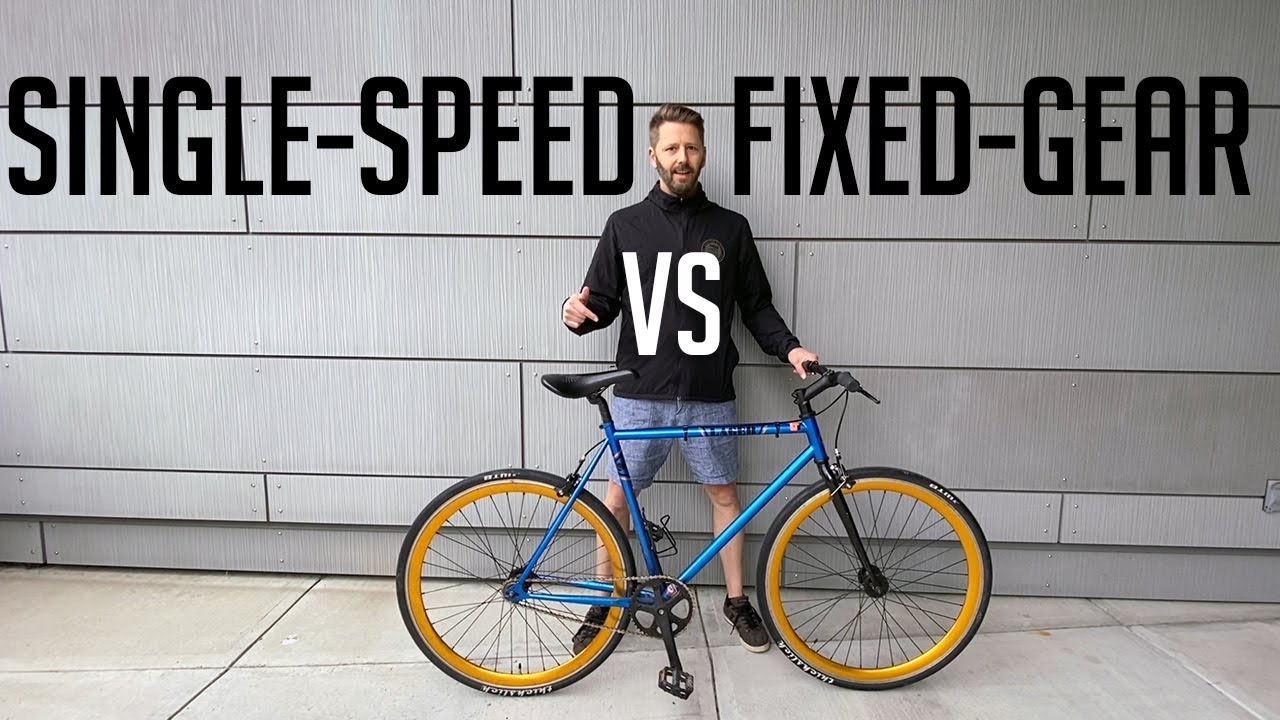



Leave a Reply